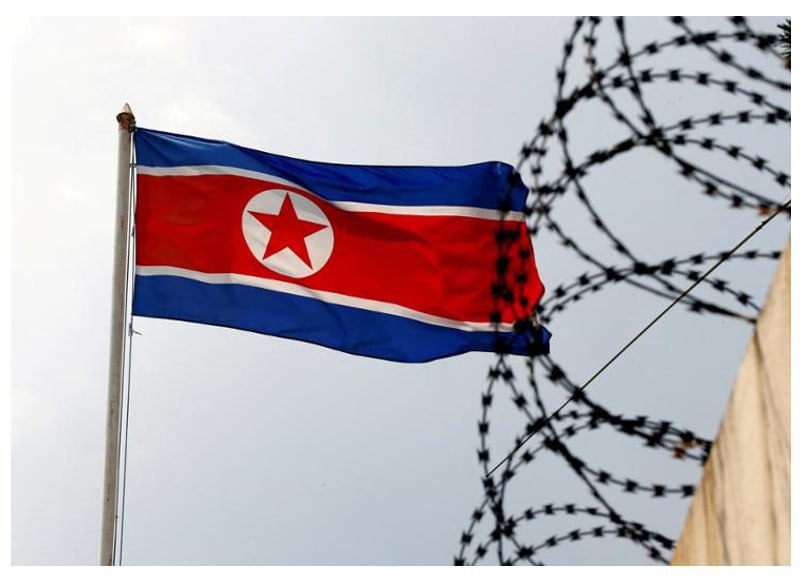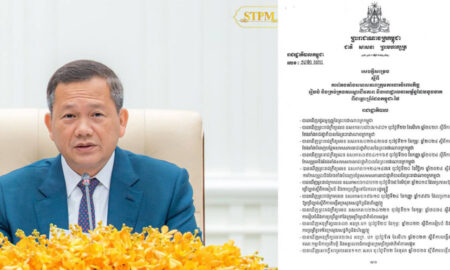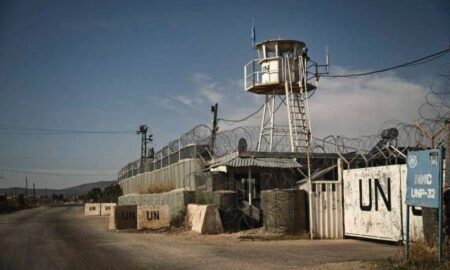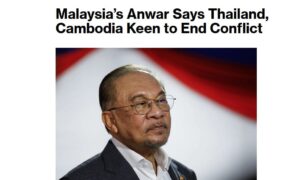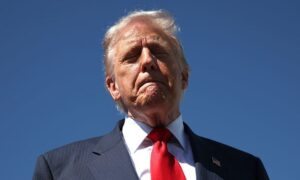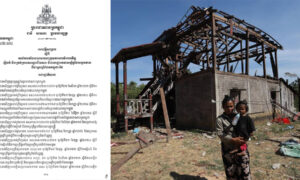North Korea’s recent launch of waste balloons towards South Korea goes beyond a mere act of provocation, representing a multipurpose strategy aimed at political and psychological effects. In other words, it is intended to incite unrest within South Korea, stir internal conflicts (especially over North Korea policy), and send a political message to the international community, particularly the United States,.
In May of this year, North Korea began launching large quantities of waste-filled balloons towards South Korea as a retaliatory measure, claiming that South Korean NGOs were sending propaganda leaflets into North Korea under the banner of ‘information dissemination.’ To date, over 5,000 balloons have been sent across the border on more than 20 occasions, carried by the northwesterly winds. Even now, with the leaflet-sending activities by South Korean NGOs halted, it is highly likely that many balloons sent by North Korea continue to drift toward South Korea across the skies.
These waste balloons carry domestic garbage and unsanitary, foul-smelling substances, causing discomfort and environmental damage. Reports have also surfaced of balloons containing explosive devices such as timed incendiaries, directly threatening the lives and safety of South Korean citizens. Besides property damage from balloon crashes and fires, the social costs of collecting and disposing of the waste have significantly increased.
This balloon-sending tactic can be interpreted as a classic example of North Korea’s asymmetric provocations. A direct military provocation would provoke a strong response from South Korea and the international community, so North Korea resorts to relatively low-level, unconventional provocations to provoke South Korea. The goal is to generate physical discomfort while creating social anxiety. Furthermore, North Korea hopes that domestic conflicts surrounding South Korea’s responses, such as loudspeaker broadcasts directed at the North, will lead to public distrust in the government.
There is also an interpretation that North Korea’s waste balloon provocations are part of a broader external strategy aimed not just at South Korea but also at the U.S. presidential election and North Korea policy. North Korea may believe that Donald Trump’s election victory would be favorable for shifting future U.S. policies North Korea, as opposed to Kamala Harris continuing the Biden administration’s policies. It is likely that North Korea sees Trump, who has had a personal relationship with Kim Jong-un, as a better option for influencing U.S. policy in its favor.
Currently, with the Middle East on the brink of war and the prolonged conflict in Ukraine, U.S. influence is being questioned, and President Biden’s approval ratings have plummeted. This decline in U.S. power to prevent war signals an opportunity for Trump’s campaign, making a victory in the election seem more attainable. Trump has pledged to achieve peace in the Middle East and bring the Ukraine war to a quick end as part of his campaign promises. Against this backdrop, heightened tensions on the Korean Peninsula could play to Trump’s advantage.
North Korea, fully aware of Trump’s election strategy, may have deliberately escalated tensions on the Korean Peninsula to increase Trump’s chances of winning. Instead of costly missile provocations, North Korea likely concluded that it could achieve both “stirring internal conflicts in the South” and “supporting Trump” by launching low-cost waste balloons that could be deployed anytime, anywhere. In the past, Trump expressed interest in easing sanctions on North Korea and negotiating a peace agreement for the Korean Peninsula, and his views on reducing U.S. troop presence in South Korea or increasing maintenance costs align with North Korea’s interests.
North Korea’s waste balloon launches toward the South are likely to continue until the U.S. residential election concludes, with possible fluctuations in scale and content. The South Korean government must adopt a more assertive and clear response strategy, taking measures to alleviate public security concerns. Strengthening international cooperation and maintaining a consistent message toward North Korea are also essential for ensuring a stable response that does not succumb to North Korean provocations. In conclusion, North Korea’s waste balloon provocations can be seen as a strategic move to maintain Kim Jong-un’s dictatorship and influence the U.S. presidential election, ultimately aiming to strengthen its bargaining power in future U.S.-North Korea relations.
World Institute for North Korea Studies Director Chung Eui-sung


